Whither CPEC?
It would do us well to remember that investment in East Pakistan was also considered unsafe for security reasons.
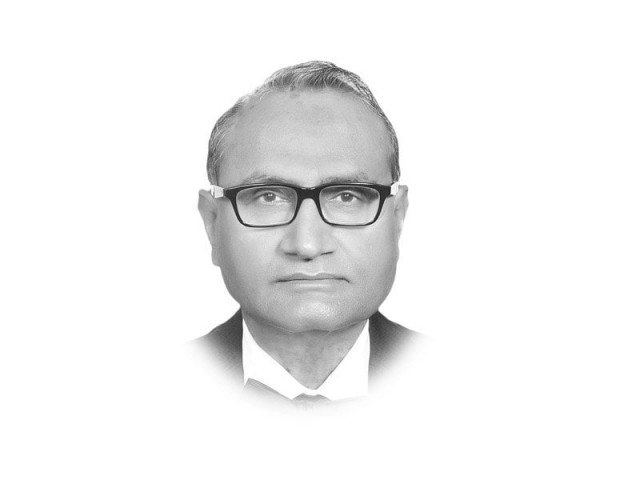
The writer is a senior political economist based in Islamabad
Assume, for a moment, that the planners are only conveying the message received from the investing country. The money for the project is not sitting in the pockets of the federal government for distribution among the provinces, ala NFC. What happens in this country, investor or no investor, has to be decided here. Considering that no decent investor wants to invest here due to our myopic economics and politics, we probably did not have much room for manoeuvre.
In that case, the honest thing to do was to make this known at the All-Parties Conference. How is it that one province had all the information from the word go and has received accelerated funding for projects located within it? The truth, instead of the promise at the level of the prime minister to build the western route first, would have made the smaller provinces more understanding of the problems the government may have been facing. What happened instead was the prime minister taking the entire political flock to Zhob to inaugurate, in the name of the western route, what essentially was a project that has been ongoing since the 1990s, which only added insult to injury.
The argument about investors’ preferences strictly applies only to the energy projects, which are in the (now kosher) IPP mould, not to the road projects that are to be financed by loans given to the state of Pakistan. It is for the federal government to decide where to utilise these loans. And it did exercise that choice. While keeping the smaller provinces guessing, it went ahead with fulfilling its dream of building motorways in Punjab to link it with Gwadar and Karachi. Intriguingly, while there is a list of 24 energy projects on the website along with their respective costs and locations, the so-called domain of the investor, only four road projects have been identified. The two related to the western route have no allocation. The third, common to all routes, is KKH-II with a cost of $3.5 billion. The next big project, the Multan-Sukkur section of the motorway, is for the eastern route that has a cost of $2.6 billion.
The latest Public Sector Development Programme shows where the action lies. Against the allocation of Rs50 billion for the Multan-Sukkur section, over a billion rupees have already been released as the local component for this project. The other missing links, the Lahore-Abdul Hakeem section, the M-4 Motorway (57km) and M-4/N-70 Motorway (8km) have enjoyed releases of Rs5 billion. The Gwadar-Turbat-Hoshab Section (200km) is part of Gwadar-Ratodero M-8. Rs2.6 billion have been released for it. Beyond Hoshab, for the western route, a sum of Rs4.1 billion has been released for the existing projects for widening of the Hoshab-Nag-Basima-Surab Road, for Zhob-Mughal Kot and for the rehabilitation of the Mughal Kot-DI Khan section. There was a lump sum allocation of Rs10 billion for land acquisition and construction of the western alignment and other CPEC projects, but nothing has been released so far. Similarly, not a penny has been released out of the allocation of Rs10 billion for the final link of the eastern route — Islamabad-Mianwali-DI Khan.
It would do us well to remember that investment in East Pakistan was also considered unsafe for security reasons. What are the planners of today driving the smaller provinces to?
Published in The Express Tribune, January 15th, 2016.
Like Opinion & Editorial on Facebook, follow @ETOpEd on Twitter to receive all updates on all our daily pieces.








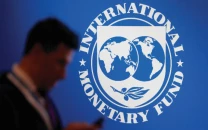
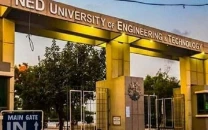
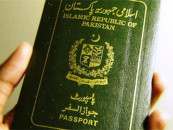

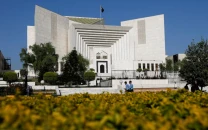

COMMENTS
Comments are moderated and generally will be posted if they are on-topic and not abusive.
For more information, please see our Comments FAQ